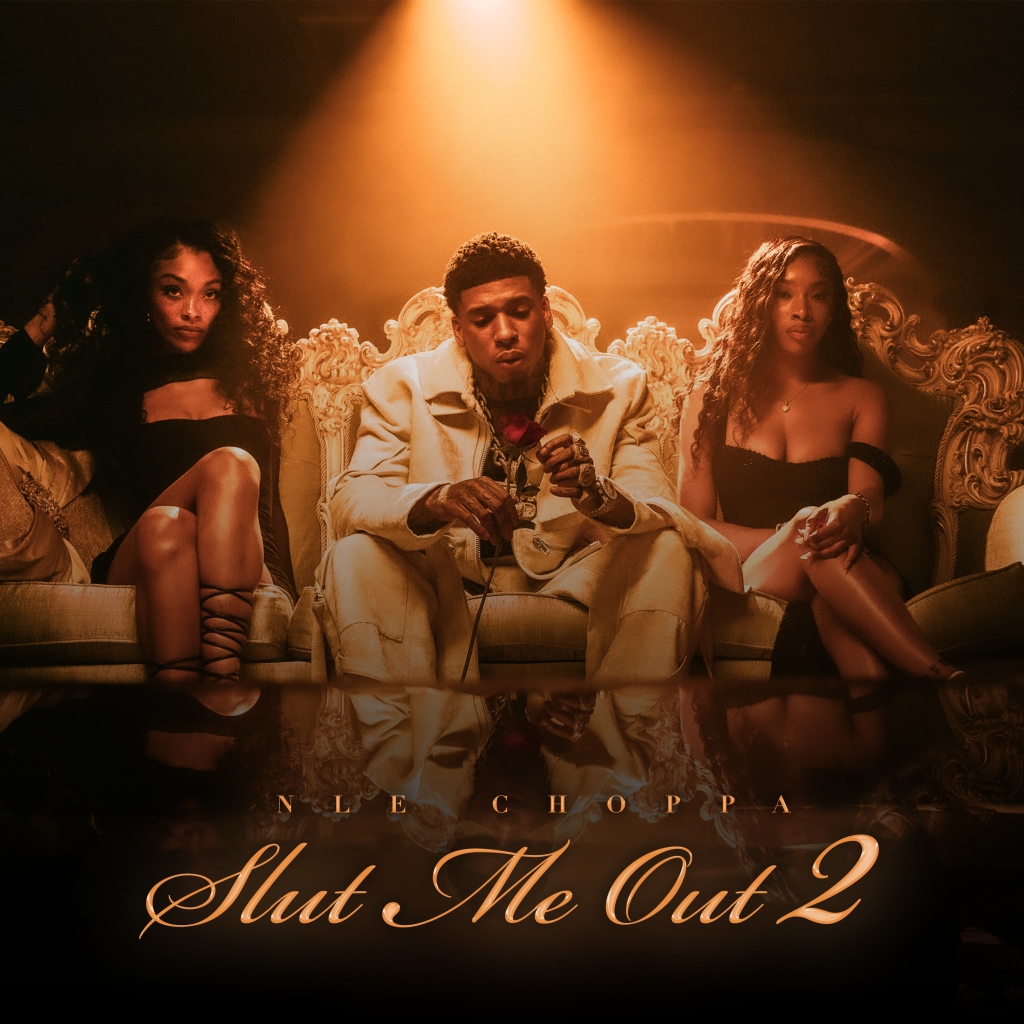By Sam Tornow, General Manager
[Notion; 2018]
Rating: 7.5/10
The longtime duo of Ryuichi Sakamoto and Alva Noto created the otherworldly sounds of Glass with one day of preparation. Performed during an art installation by Yayoi Kusama entitled Dots Obsession – Alive, to celebrate Phillip Johnson’s 110th birthday, the album aims to explore the concepts which The Glass House was built upon: minimal structure, geometry, proportion and the effects of transparency and reflection. Appropriately, the album is made of one 36-minute track that ebbs and flows but never strays from the baseline.
The pair’s working relationship began with Vrioon in 2002. Since then, a number of albums and film scores, most notably The Revenant, have been released. Glass teeters on the edge of familiarity and abstraction for them. Nowhere else in their combined and individual discographies do the pangs of unease rattle Noto’s brown tones below and Sakamoto’s chilling sound design on top, slowly wrestling each other, becoming one another. Like a tundra, the drone, draped in ice and dirt, extends eternally and bending over the horizon.
The album runs like a sister piece to Tomoko Sauvage’s 2017 album, Musique Hydromanique: a deep study of gravity, water and the spaces surrounding them. Singing bowls, specific mallets, crotales and a minimal amount of keyboards ran through feedback create the uneasy, evolving sounds of each. The transparent nature of both water and glass are replicated with resonant timbres, mimicking the act of refracting and reflection.
Sakamoto’s 2017 opus, async, acted as a two-way mirror of life and death. Written after a successful fight with throat cancer, the album is haunting and oftentimes ethereal. The performance of Glass took place in the middle of writing sessions for async. Although more informal due to its improvisation, Glass has a piece of async frozen in its core. Ascertain as the icicle chimes or high-frequency singing bowls may be, they still surrender to Noto’s’ modification without a struggle.
In a video of the performance, the duo moves meditatively, glancing at each other, and taking time to assess their next movements. Near the end, Sakamoto moves to the wall of the house, dragging a contact microphone and mallet down the surface. On the exterior side of the wall, a dark sky occupies an ominous wind, sending the specs of rain down the wall, paralleling Sakamoto’s movements.”I have very expensive wallpaper,” Johnson once said of his home. Glass is living wallpaper, demanding the attention of the audience, more attention than Brian Eno’s original vision of “ambient” music written in the liner notes of his 1978 classic Ambient 1: Music for Airports, the constant, worldly tones are worth careful consideration, worth being felt.
Listen here:





Leave a comment